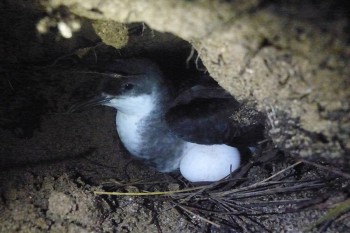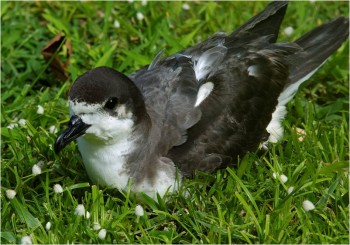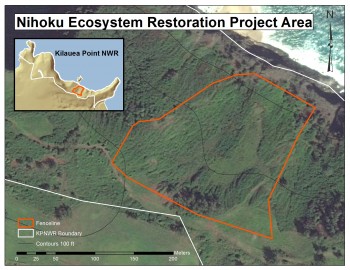Alex Bond (Centre for Conservation Science, Royal Society for the Protection of Birds, Sandy, UK) and Jen Lavers have published in the journal Canadian Field-Naturalist on the occurrence of Flesh-footed Shearwaters Puffinus carneipes in the northern Pacific Ocean.
The paper’s abstract follows:
“Flesh-footed Shearwaters (Puffinus carneipes) breed in Australia and New Zealand, but spend the non-breeding season in the north Pacific Ocean. They are rare compared with most non-breeding pelagic seabirds that occur in the northeastern Pacific. Recent surveys at breeding colonies have indicated a significant population decline since the 1970s. We compiled records of Flesh-footed Shearwaters off the Pacific coast of Canada and Alaska from 1937 to 2013. Flesh-footed Shearwaters were recorded from May to October, with most sightings in August and September. Flocks of more than 20 birds have not been recorded since the 1940s, and most sightings have been of single birds, although some key areas (e.g., Goose Island Bank) have not been surveyed in recent years and previous surveys are confounded by fishing activity. Given the significant population declines at breeding colonies, the conservation status of Flesh-footed Shearwaters should be revisited.”

Flesh-footed Shearwater at sea, photograph by Tim Reid
Reference:
Bond, A.L. & Lavers, J.L. 2015. Flesh-footed Shearwaters (Puffinus carneipes) in the northeastern Pacific Ocean: summary and synthesis of records from Canada and Alaska. Canadian Field-Naturalist 129: 263-267.
John Cooper, ACAP Information Officer, 06 November 2015

 English
English  Français
Français  Español
Español 



